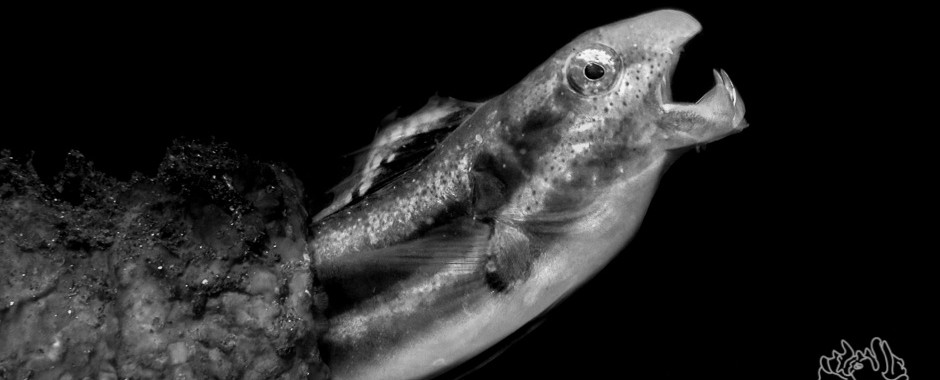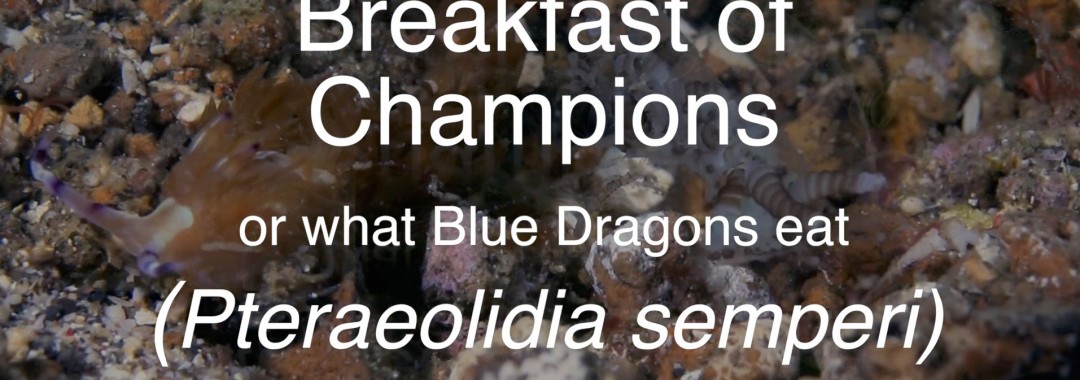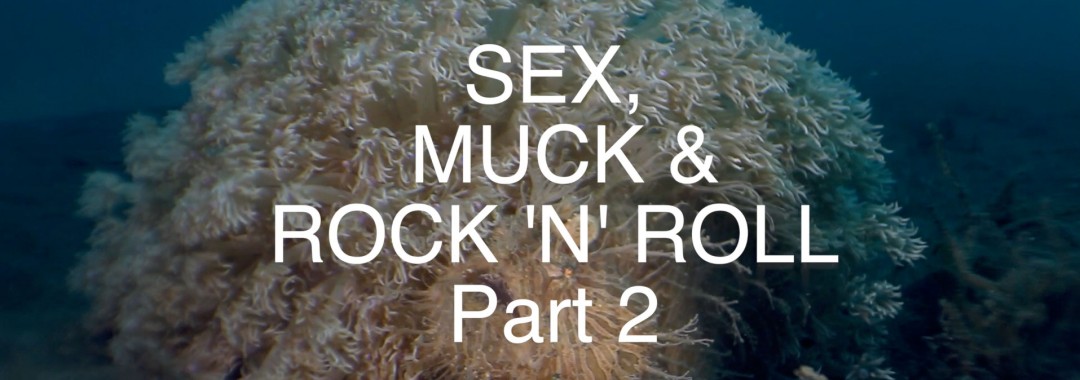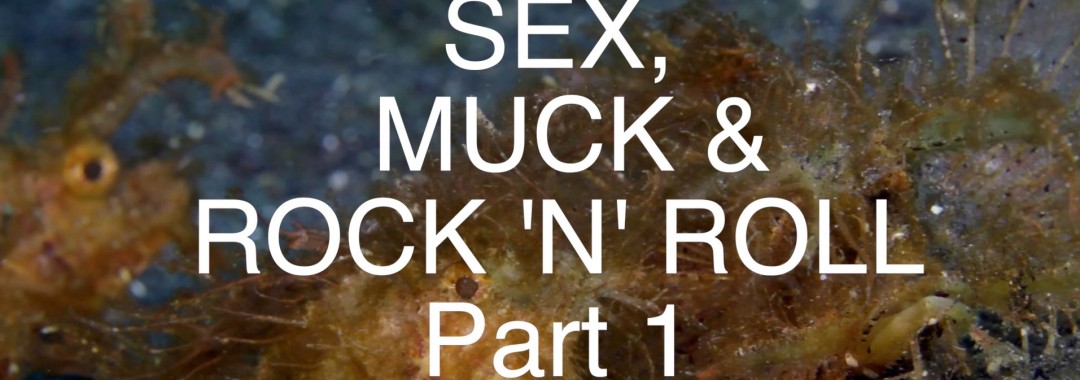It’s hard to believe such a beautiful species as the mandarin fish (Synchiropus splendidus) can be so cut-throat when it comes to territorial battles, but make no mistake, these guys don’t mess around when another male comes in to try and muscle in on their harem. Finally the ‘sheriff’ makes an entrance at the end and breaks up the dirty fight!
Tag Archives: uw-pix
Critters of the Lembeh Strait | SEA WARS – The Flamboyant Cuttlefish Strikes Back (Part II)
In part I of this series, we saw a newly hatched flamboyant cuttlefish (Metasepia pfefferi) getting snatched up by a small mantis shrimp, a surprising choice of meals since they are widely (but perhaps wrongly) believed to be toxic. In this latest episode II, we see a reversal of roles when an adult flamboyant cuttlefish snatches a mantis shrimp to feed on, so it’s not always predictable who is the hunter and who is the prey between these 2 species! The slow-motion part of this underwater video shows in amazing detail how the flamboyant carefully extends its two feeding arms, then at lightning speed grabs its prey and grips the mantis with its suckers, waiting until the mantis tires before consuming her crispy crustacean meal.
Critters of the Lembeh Strait | SEA WARS – Flamboyant Cuttlefish vs. Mantis Shrimp (Part 1)
Flamboyant Cuttlefishes have the reputation of being highly toxic, but newer studies show that it might not be true and more research has to be done. Unfortunately the action in this video was so fast and unexpected, that I could not see what happened after the attack.
How to Photograph ‘Fangblennies’
Fangblennies make interesting subjects as they often can be found in bottles where we can separate them easily from the distracting or unappealing background. They’re often under-appreciated as they’re relatively common in the mucky sites of the Lembeh Strait. Giving them a little bit of time to get used to the camera in front of them, they will pose for the camera very easily. Sometimes they even yawn! There are different opinions on why the yawning happens – either to display the impressively big mouth and scare away possible enemies, or to stretch the jaws, or just because they’re tired.
So here’s how to shoot them: Just get very close to fill the frame with the subject and then wait….at first they might hide in the bottle or hole they hang out in, but after a little while they will come back out. So take some test shots while they’re still in the bottle to get your exposure and background color right, after that is done you just have to wait until they’re in the right spot and then – bang!
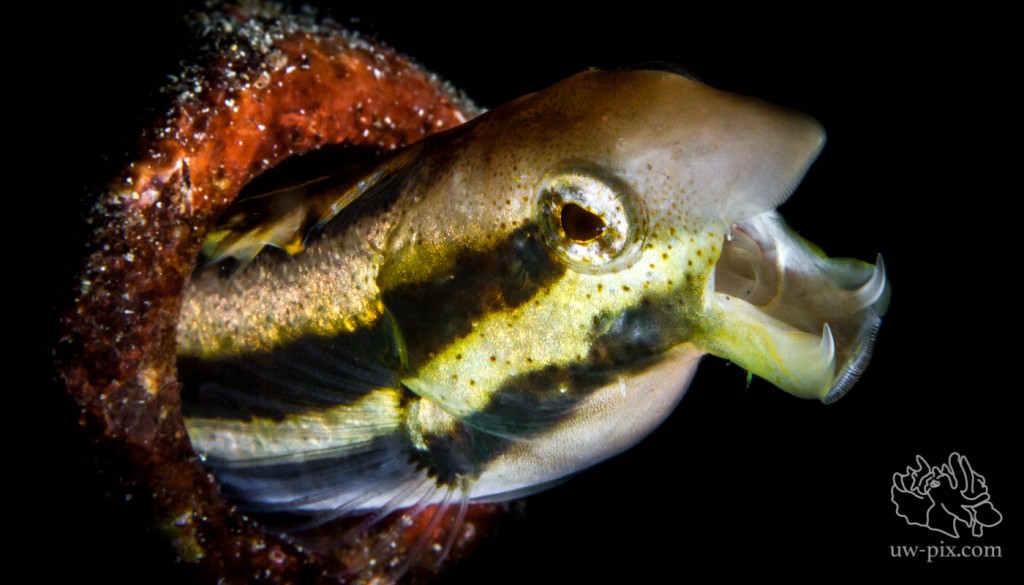
Being patient sometimes pays off – after waiting almost 20 minutes and firing at the exact moment of action, I got the lucky shot…Striped poison-fangblenny (Petroscirtes breviceps) – Canon 7D, 60mm macro, ISO 160, f16, 1/200sec, 1x INON Z-240 with DIY fiber-optic snoot
The two enlarged, grooved canine teeth for which fangblennies get their name are situated in the lower jaw. The fangs can get very large and while not especially dangerous to most people, fang blenny bites can be quite painful. Fortunately, because of its small mouth, envenomation of humans by this animal is unlikely. That being said, some of the species we see here in Lembeh have fangs up to 1cm long – I’m sure you heard that before: look, but don’t touch! The two most common species we have here are the striped fangblenny (Meiacanthus grammistes) and the striped poison-fangblenny (Petroscirtes breviceps), which mimics the former – they look very similar at first sight, but upon closer inspection you can tell the difference. Meiacanthus grammistes has a small blueish-black spot near the head.
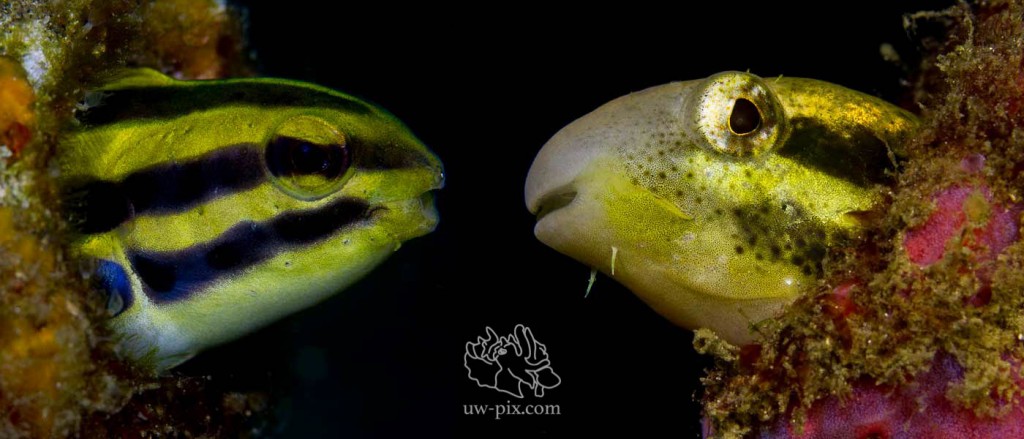
Meiacanthus grammistes (left) and Petroscirtes breviceps (right)
The striped poison-fangblenny (Petroscirtes breviceps) can also change color at will and sometimes you can get different images within seconds:
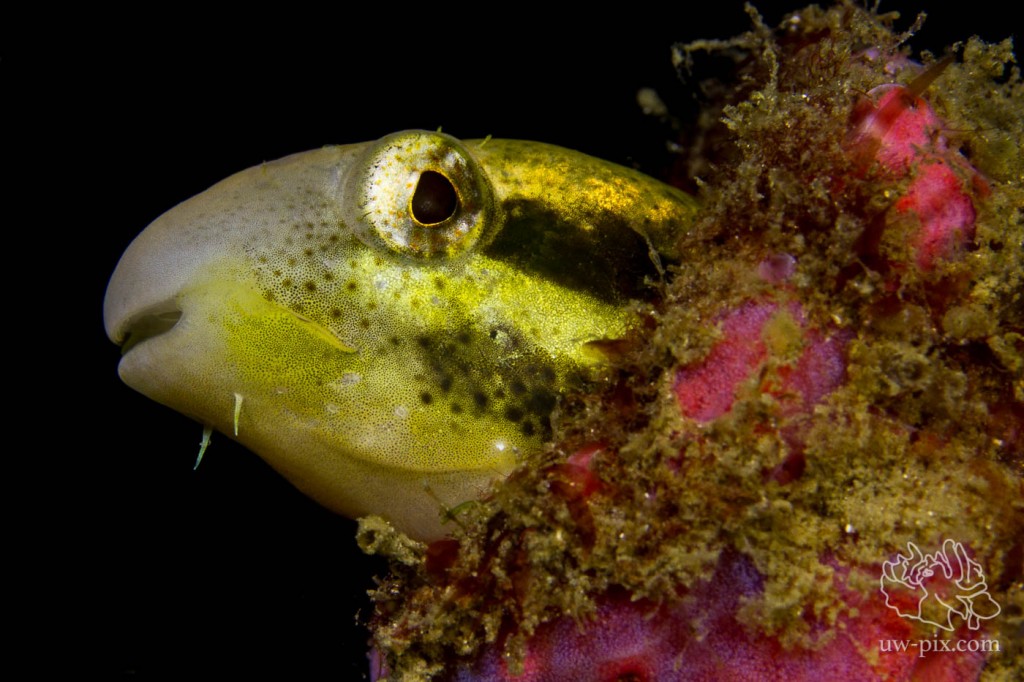
Petroscirtes breviceps – Canon 7D, 60mm macro, ISO 160, f11, 1/160sec, 2x L&M SunRay 2000
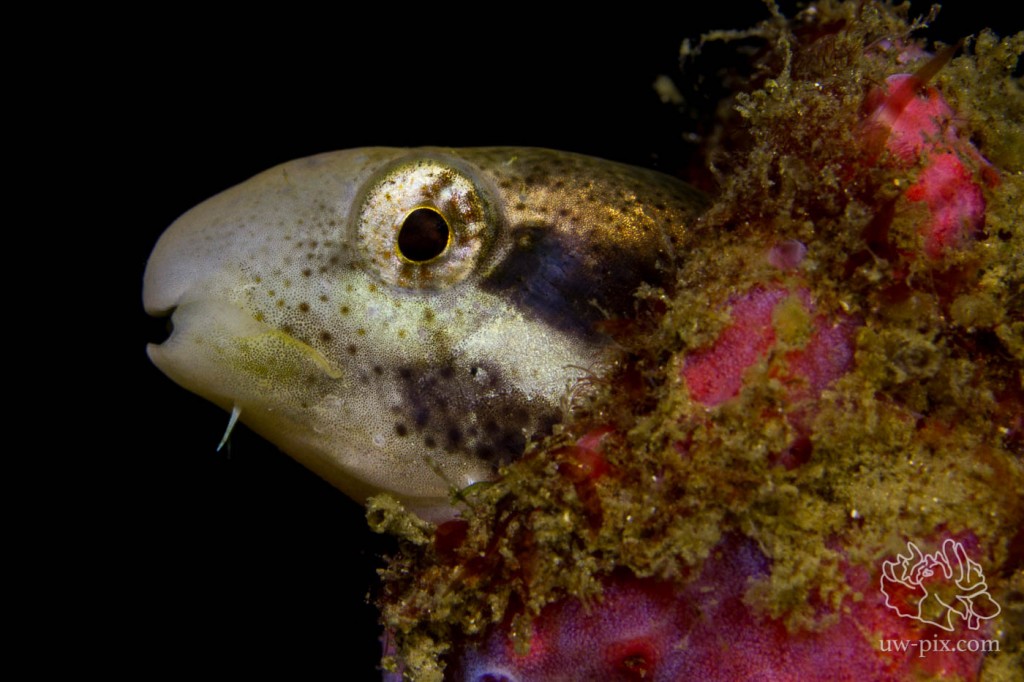
Petroscirtes breviceps – 7 seconds later and the yellow coloration is almost gone – same settings as above
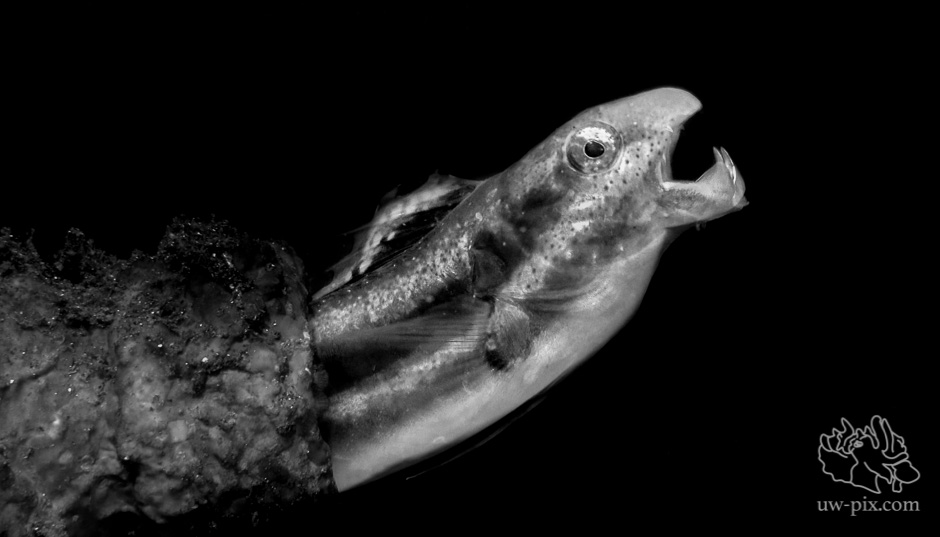
Sometimes fangblennies also make a nice black and white image – The striped poison-fang blenny (Petroscirtes breviceps) yawning for the camera (this is a screen-shot from footage shot with the SONY A7RII, 90mm macro lens)
When diving coral sites in Lembeh, we also often see the “smiling” bluestriped fangblenny (Plagiotremus rhinorhynchos) which mimics cleaner wrasses. This species can also change color at will, and can be orange as in the image below or display black and blue stripes to blend in with the cleaner wrasses. I like to shoot them with narrow depth of fields (low f-numbers) and by moving the strobe around, the coral they sometimes sit in can create dramatic shadows even without snoots.
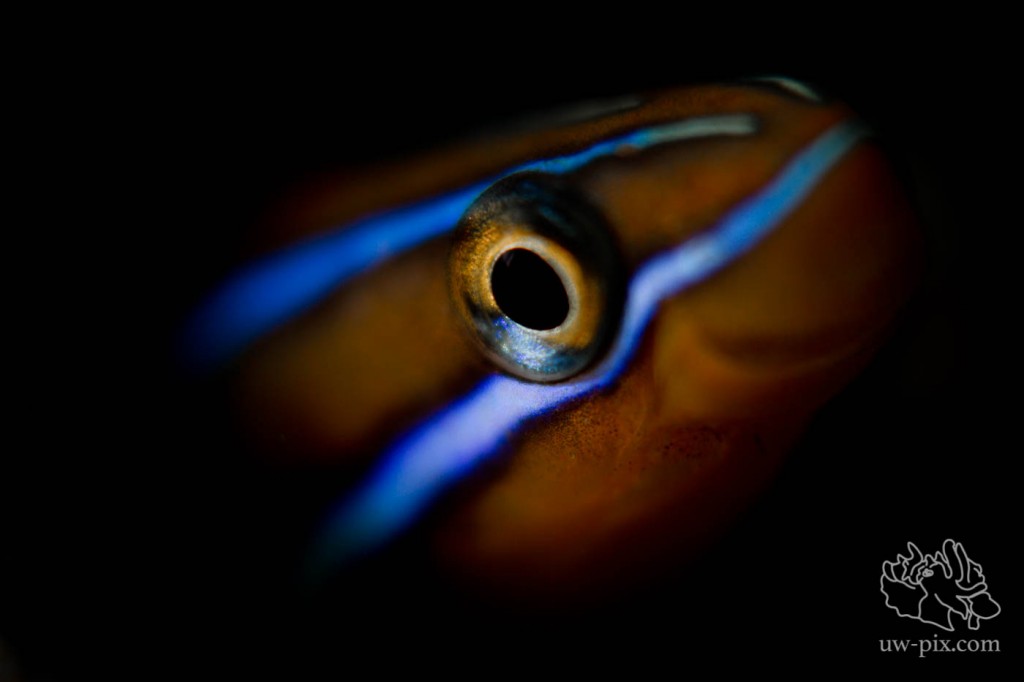
Plagiotremus rhinorhynchos – Canon 7D, 100mm macro, ISO100, f2.8, 1/250sec, 1x INON Z-240
Almost all of these fangblennies are not skittish and fairly large (around 10cm/3inches) so pretty much all macro lenses are suitable for getting good shots.
Critters of the Lembeh Strait | Episode 18 – 2015 | Breakfast of Champions
Check out this bizarre video to see one of the ways the Blue Dragon Nudibranch arms itself with a powerful stinging defence mechanism!
Critters of the Lembeh Strait | Episode 17 – 2015 | Sex, Muck & Rock ‘n’ Roll – Part 2
In the second part of “Sex, Muck & Rock ‘n’ Roll” some unusual mating behaviors are featured, starring blue-ring octopus, wunderpus, coconut octopus and also flamboyant cuttlefish, just to name a few, and watch out for the spectacular hatching blue-rings and flambos!
Critters of the Lembeh Strait | Episode 16 – 2015 | Sex, Muck & Rock ‘n’ Roll – Part 1
The rock stars of Lembeh get down, dirty and mucky in this video! The frogfishes like their ladies large, and as for nudis, they’ll do it with anyone – nudibranchs are all hermaphrodites and able to mate with any other individual of their species. Shocking, right?! Do they at least buy each other a drink? Be sure to stay tuned and find out!
Critters of the Lembeh Strait | Episode 08 – 2015 | Things that go bump in the night Part 1
Have you ever done a UV night dive? In part one of our series, “Things That Go Bump in the Night”, you can see bizarre and unexpected things glowing, and no one knows yet why they do it but the one thing we do know is it is amazing to watch.
Critters of the Lembeh Strait | Episode 20/2014
It’s an underwater party and all your favorite critters of the Lembeh Strait are there – anemone fish, blue-ringed octopus, ornate ghost pipefish with eggs (yes, children are welcome at this party!), various frogfishes and a graceful free-swimming ribbon eel. Also keep your eyes peeled for a very special, seldom seen little goby, the Priolepis vexilla, whose blue-and-red striped face, dotty body and spiky dorsal fin will surely charm you. Sit back and enjoy!
Critters of the Lembeh Strait | Episode 19/2014
We have been unusually fortunate these past few weeks in Lembeh with many sightings of mating blue rings, a beautiful red weedy rhinopias, and baby flamboyant cuttlefishes hatching, all of which are beautifully captured in this week’s episode. As an extra cute factor bonus, there’s also footage of a baby clown frogfish waving its lure around as a tiny sponge isopod flirts with death! Enjoy the Critters of the Lembeh Strait.

